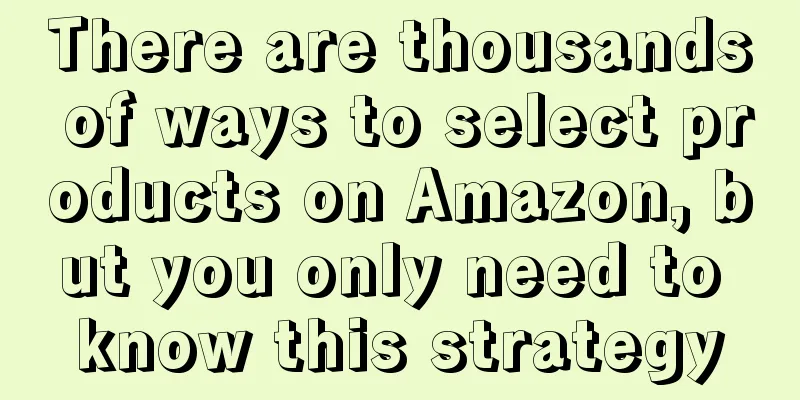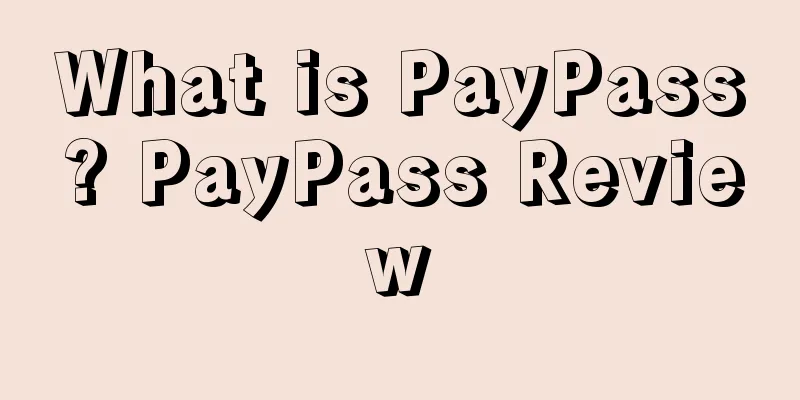Starting from scratch, Shopify's 30-day store opening tutorial - Day 14

|
How to optimize the store listing In the e-commerce industry, the product page is equivalent to the display stand of a physical store. The sales volume depends on how well your product page is written. The same is true for opening a store on Shopify. There are five key points to pay attention to when writing product listings: 1. Detailed and engaging product descriptions First of all, your product page cannot be the same as others, otherwise it will be "indistinguishable from the crowd" and lack characteristics. Secondly, you must have your own narrative style and witty language. You can introduce the product from a unique perspective, such as describing your first experience of using the product and how it made you feel. 2. Show how the product is used in real life It is best not to use the stock photos provided by photo websites as product photos. Such photos are tacky and lack authenticity. Take real photos of the product and show the product from multiple angles as much as possible to help consumers fully understand the product. 3. Set your CTA CTA is an effective way to convert customers and guide them to take the actions you want them to take. CTA terms include:
Make sure the CTA button is visible without the user scrolling. 4. Show that the product is scarce and encourage users to place orders The previous tutorial mentioned that we should take advantage of consumers’ fear of missing out to increase conversion rate. The methods include:
5. Offer free shipping I don’t need to tell you how powerful the word “free” is. Consumers want to buy a product, but when they get to the shopping cart, they see that there is a shipping fee. They don’t want to pay extra, so they probably back off. So you can include the shipping cost in the product price, and then highlight “free shipping”, which is a simple but effective way to increase conversion rate. *Note: The 30-day Shopify store opening tutorial series from scratch is compiled from https://www.flyingstartonline.com/shopify-basics/. We compiled and shared this article in the spirit of sharing e-commerce practical information with the majority of e-commerce sellers. If there is any infringement, please contact the editor.
Day 1: Introduction to Shopify and some basic knowledge of opening a store Day 2: Shopify store setup and logo design Day 3: How to optimize your Shopify store? Day 4: How to find hot-selling products? Day 5 : Automated store management software - ZeroUp Day 6 : Copywriting to improve listing conversion rate Day 7 : Facebook ad copywriting tips Day 8 : 5 preparations before launching a Shopify store Day 9: Basic tutorial on Facebook ad settings Day 10: After getting the first order from the store, you need to do these things Day 11: How to prevent shopping cart abandonment? Day 12: Advanced tutorial on Facebook ad setup Text ✎ Orange/ Statement: When reprinting this article, the title and original text must not be modified, and the source and original link must be retained. |
<<: Starting from scratch, Shopify's 30-day store opening tutorial - Day 13
>>: Starting from scratch, Shopify's 30-day store tutorial - Day 15
Recommend
2024 US e-commerce app rankings: Temu downloads surpass Amazon to top the list
It is learned that recently, according to the data...
What you don’t know about returns!!
Returns are inevitable for Amazon sellers. Once a ...
US Customs seized a large number of fake brand-name goods with a market value of up to 8 million US dollars!
<span data-docs-delta="[[20,"获悉,据外媒报道,近日美国...
What is Little Bee Smart Marketing? Little Bee Smart Marketing Review
Little Bee Smart Marketing is a foreign trade mark...
What is Thrive Capital? Thrive Capital Review
Thrive Capital was founded in 2009 and is headquar...
Practical operation: Factors affecting Amazon's flash sales and ways to improve them! Increase sales dramatically!
Lighting Deal Abbreviated as "LD", the ...
Amazon Mexico holds "Amazon Impulsa" conference to help small and medium-sized sellers develop their business!
Amazon Mexico recently held the "Amazon Impul...
These Amazon ad locations have been removed! Sellers are happy or worried...
Amazon's own brands are now in a precarious si...
A guide to selling on the six major social platforms
In addition to e-commerce platforms, sellers can c...
The US dollar exchange rate soared to 6.9! How to protect profits amid drastic exchange rate fluctuations
Cross-border sellers received great news at the be...
What is Amazon Retail Distribution? Amazon Retail Distribution Review
Amazon retail distribution (wholesale (or retail d...
[Practical Tips] How to get tax refund for Amazon European advertising? How to check if product images have been stolen?
Old accounts should be subject to 20% tax deducti...
What is Luckday.com? Luckday.com Review
Leke Business School is a professional company foc...
What is Category Review? Category Review Evaluation
Categories Requiring Approval is a policy official...
What is a utility model patent? Utility model patent evaluation
A utility model is an intellectual property right ...









